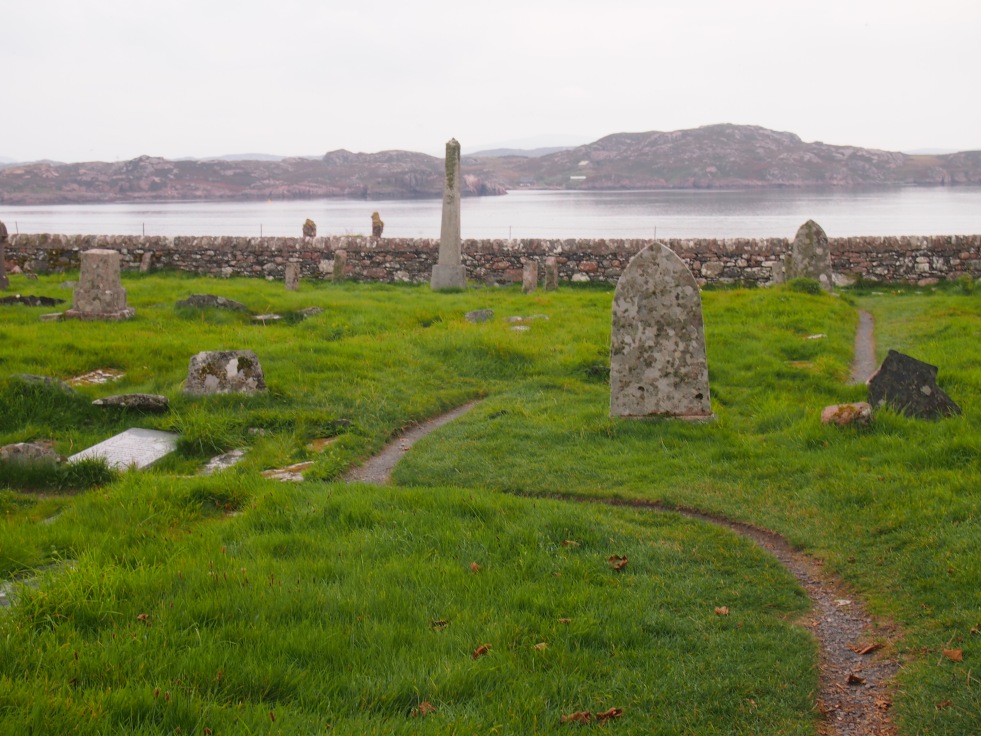If you walk along Redcross Way, a quiet street a stone’s throw away from the hustle and bustle of London Bridge Station and Borough High Street, a strange sight can be found. Hundreds of colourful ribbons, flowers, toys and other trinkets are tied to the railings that surround a small garden, some bright and fresh, others faded with time and exposure to the elements. This is Cross Bones, an old burial ground where thousands of Londoners, mostly the poorest members of society, were laid to rest. In recent years this place has been transformed from a bare piece of land to a colourful community garden dedicated to the memory of London’s outcast dead.
 Continue reading “Cross Bones: a modern shrine to old London’s outcast dead”
Continue reading “Cross Bones: a modern shrine to old London’s outcast dead”






